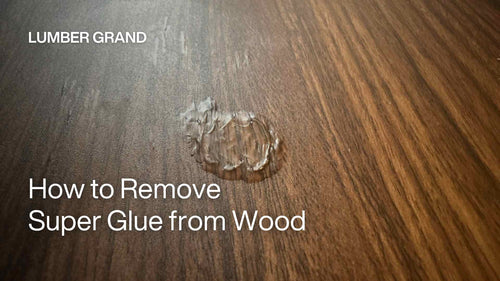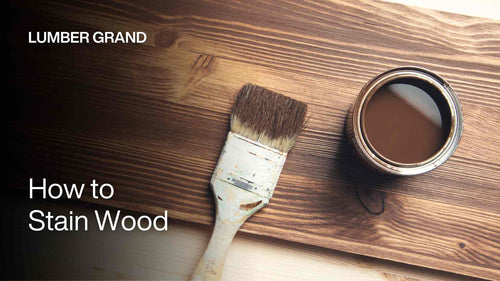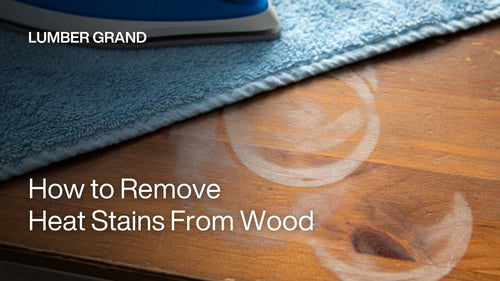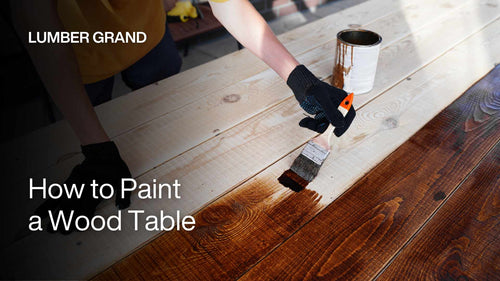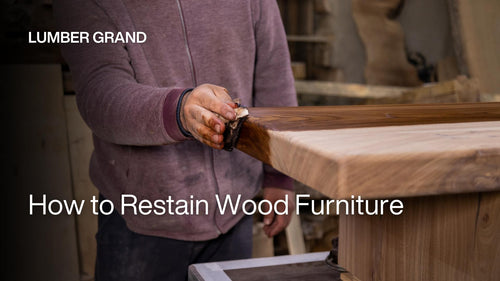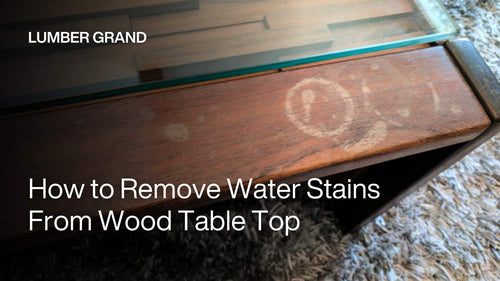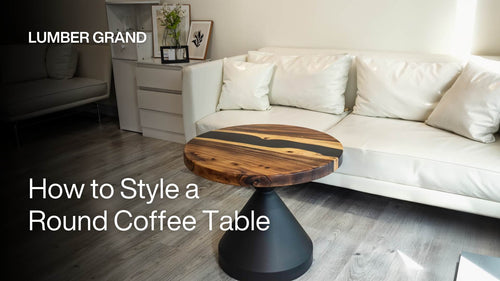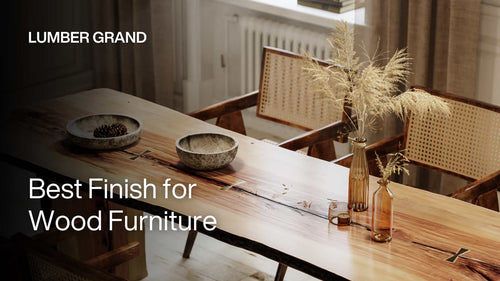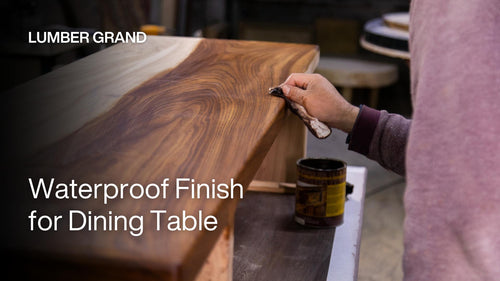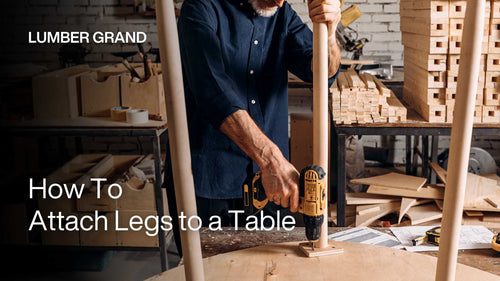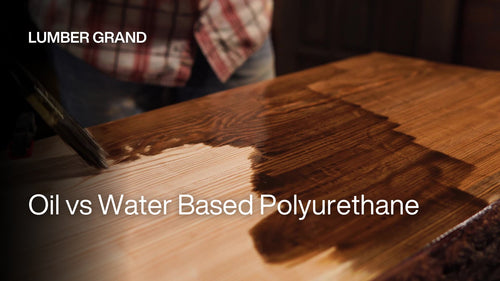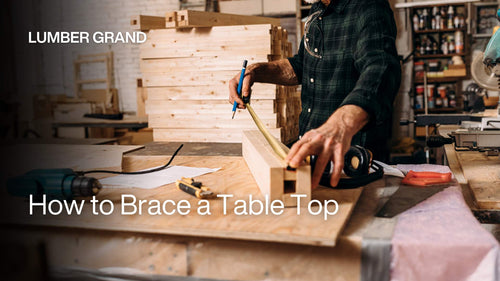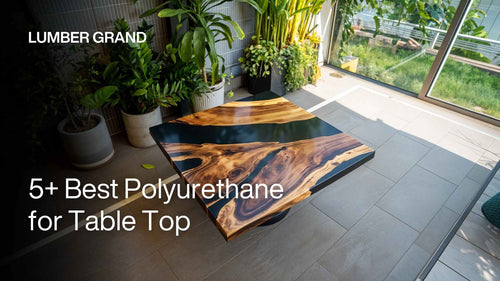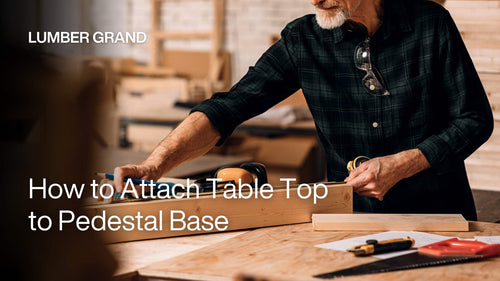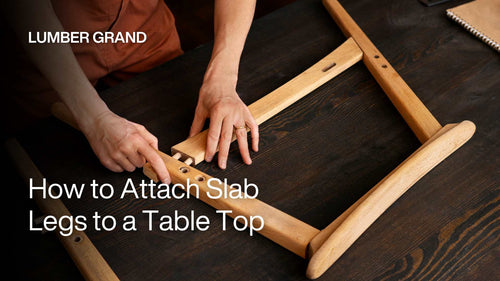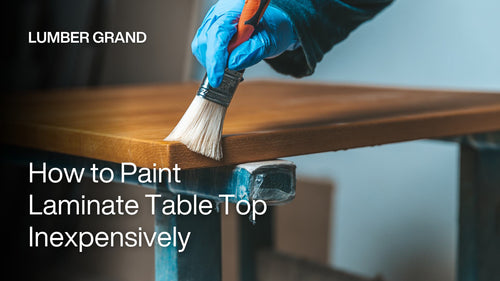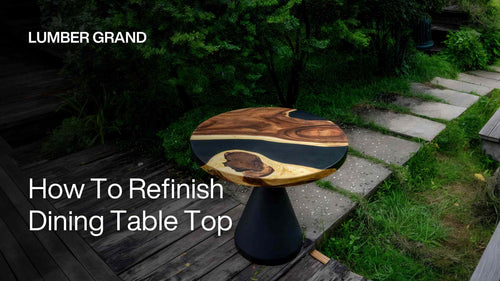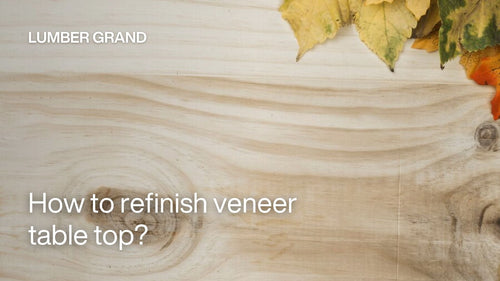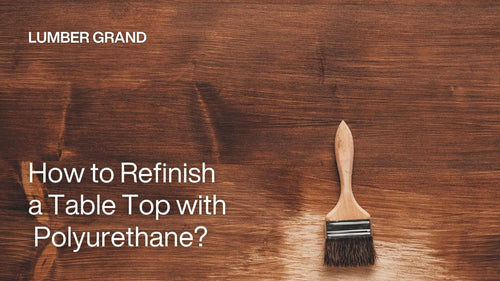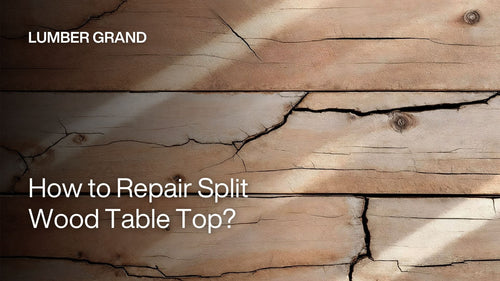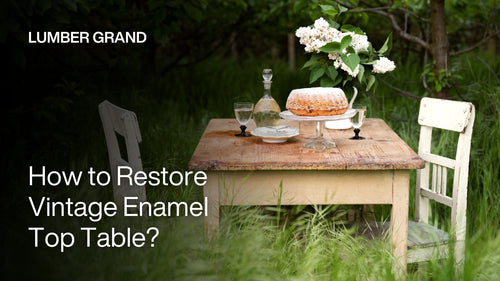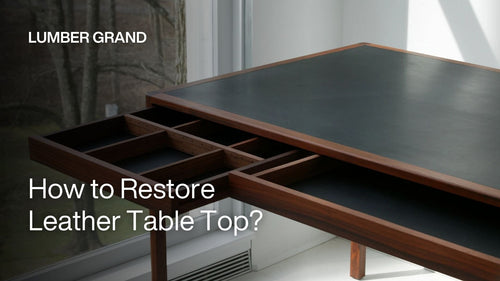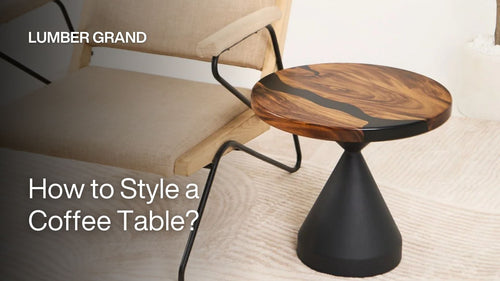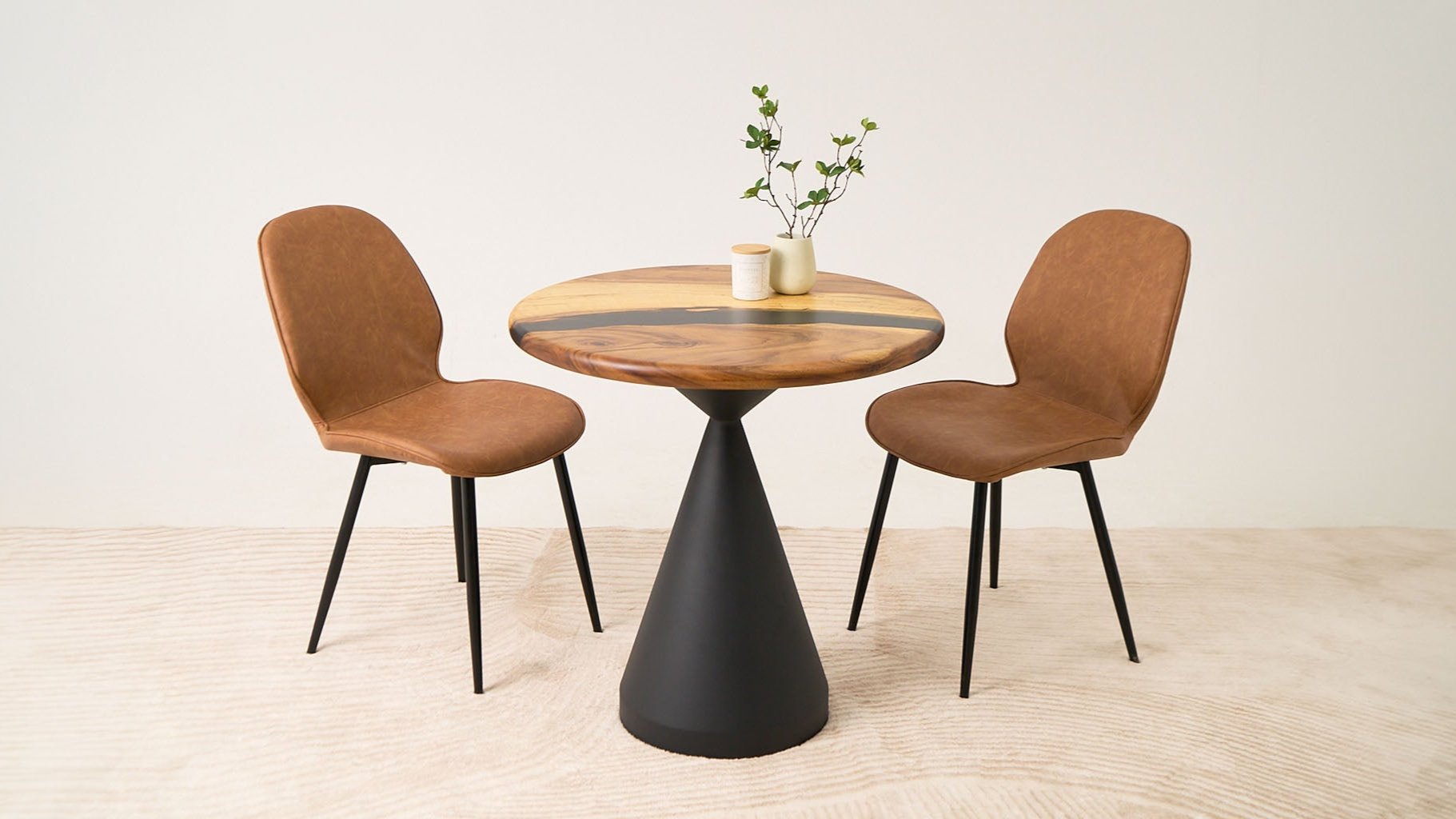A sticky wood finish is the nightmare of every furniture owner. So, learning how to repair sticky wood finish is essential for maintaining your furniture's original beauty.
The complete way to repair sticky wood finish is to identify the root cause, clean the surface properly, remove damaged coating when necessary, and apply a fresh protective layer that actually cures correctly. There is more helpful information about this verdict on how to fix sticky wood finish. Read more!
Why Does Wood Finish Become Sticky? Understanding Your Sticky Wood Table
Before you dive deep into how to repair sticky wood finish, you need to know what caused it. Most sticky wood problems fall into 5 common categories below that are easier to fix once you know what you're dealing with.
- Polyurethane, varnish, or lacquer breakdown: Over time, the coatings can degrade, especially when exposed to direct sunlight or heat. As the chemical bonds weaken, the finish may soften and turn tacky. This breakdown is why so many people need to learn how to fix sticky polyurethane on tables and cabinets that are just a few years old.
- Improper curing: If whoever applied the original finish didn't wait long enough between coats (polyurethane needs at least 24 hours), or if they used it in bad weather, the coating may never fully harden. Hence, it leaves you with a permanently sticky wood table that seems to get worse over time instead of better.
- Humidity and temperature: High humidity prevents proper drying. At the same time, big temperature swings can make existing finishes break down and become tacky.
- Accumulation of dirt and grime: Years of cooking grease, furniture polish, candle wax, and general household dirt can create a sticky layer on top of a perfectly good wood finish. People deal with them so often and are led to the question of “how to clean a wood table that is sticky”.
- Old or bad products: These things never dry properly, no matter how perfectly you apply them or what the weather conditions are like. The basic finishes, products that sat on the shelf too long, or finishes with poor chemistry can stay sticky forever.

Ideal humidity and temperature for proper finish drying to prevent a sticky wood finish
Photo: Lumber Grand
How to Repair Sticky Wood Finish Without Sanding
If you’re thinking about sanding or refinishing, we can try this gentle cleaning method that often solves sticky wood problems without any damage to your finish.
This way will solve how to remove sticky varnish from wood without sanding, and works great for how to repair sticky wood finish on furniture when the problem is just surface gunk rather than actual finish failure.
Step 1: Gather Materials for Fixing Sticky Wood Finish
-
White vinegar from your kitchen
-
Plain water
-
Microfiber cloth (the kind you use for cleaning glasses)
-
Soft sponge (nothing abrasive)
-
A bucket for rinse water
-
Clean towels for drying
Step 2: Clean Dust on Sticky Table
You need to wipe down your sticky wood table with a dry microfiber cloth to get rid of loose dust and crumbs. You want to see what you're really dealing with once the surface debris is gone.
Step 3: Mix White Vinegar and Water
Secondly, we combine equal parts white vinegar and water in a cup. The mild acid in vinegar dissolves sticky buildup and worn varnish without harming good finish underneath. This method works great for how to fix sticky varnish without harsh chemicals.

How to repair sticky wood finish without sanding by using vinegar and water
Photo: Freepik
Step 4: Apply the Mix and Clean
Next, you dip your sponge in the vinegar solution and wipe the entire surface. Please don't soak the wood. You just need to clean it thoroughly. The 4th gentle step is ideal for how to clean a wood table that is sticky without risking damage to finish that's not too bad.
Step 5: Clean and Let It Dry Completely
You keep a bucket of plain water handy to rinse off the vinegar solution after cleaning each section. Go over stubborn sticky spots again if needed.
After that, we use clean towels to dry the surface right away. Standing water can damage wood, so don't let it sit.
Note: For such hidden places as grooves and carved areas, you’ll need to use an old toothbrush or cotton swab dipped in your cleaning solution. These spots often hold the most buildup when you're figuring out how to remove sticky varnish from wood.
Read more: How To Refinish A Table Top Without Stripping and Sanding
How to Repair a Sticky Wood Finish More Professionally than with Vinegar
After trying the vinegar cleaning plus no matter how much you wipe or clean, the sticky feeling on your wood furniture still drives you crazy.
That’s usually a sign that the finish has broken down, which means it’s not just surface grime. When that happens, the best fix is to remove the damaged topcoat and apply a new protective layer.
Here’s how to fix sticky wood finish:
Step 1: Prepare Needed Materials
-
120-grit sandpaper*
-
220-grit sandpaper*
-
Orbital sander (optional)
-
Wood stain (if desired)
-
Polyurethane finish
-
Clean rags or washcloths
-
Soft-bristled brush
-
Steel wool (fine grade)
-
Paste wax
-
Lint roller
-
Drop cloths or old tablecloths
*Gummy finish will clog your sandpaper constantly, so don’t forget to buy extra sheets
Step 2: Sand Away the Sticky Mess
-
Move your sticky wood outside or to a garage with good ventilation. Sanding sticky finish creates a lot of dust, and you don't want that floating around your house when learning how to fix sticky polyurethane.
-
We use 120-grit sandpaper at first to remove all the sticky coating.
-
Next, you switch to 220-grit sandpaper and hand-sand everything smooth, paying special attention to detailed areas and grooves.
-
Vacuum up all the dust, then you wipe down with a clean cloth.

Use 120-grit sandpaper at first, then switch to 220-grit sandpaper
Photo: Lumber Grand
Step 3: Add Color If You Want It
In fact, gel stains are easier to work with and give more even results than liquid stains. Walnut is a classic choice for dining tables that goes with most decor.
-
You use a clean rag to apply stain following the wood grain direction. Work in manageable sections and blend the edges so you don't get overlap marks.
-
After applying each section, use a dry cloth to remove extra stain and even out the color.
-
You should give the stain 24 full hours to dry before moving on.
Step 4: Apply Your New Protective Finish
It’s time to find best suitable polyurethane for wood table that is worth the extra cost. Our advice is NOT to fall for "one coat equals three" claims. Instead, multiple thin coats always work better.
-
First, we stir your polyurethane gently (never shake). Run a lint roller over your brush to remove loose bristles that could mar your finish.
-
Secondly, you brush on thin coats following the wood grain. Don't overwork it or go back over areas you've already covered, or it will create the tackiness you're trying to avoid.
-
Finally, wait 24 hours between coats, longer if it's humid or cool. To us, good conditions mean low humidity and moderate temperature.

Find best suitable polyurethane for wood table that is worth the extra cost
Photo: Freepik
Maybe you’re looking for: Best Finish for Outdoor Wood Furniture
Step 5: The Final Perfect Touch
So, after your last coat is completely dry, we’ll need to:
-
Lightly sand with fine steel wool and a little soapy water to smooth any imperfections
-
Wipe everything clean and let it dry completely before the final step
-
Apply a thin layer of quality paste wax using circular motions.
-
Use a clean, soft cloth to buff the wax until your surface is smooth and has a beautiful, deep shine.
Although the whole process takes several days with drying time, you'll end up with furniture that looks and feels like it just came from a high-end furniture store.
Problems You Might Face When You Fix Sticky Wood Finish
Even with careful work, refinishing projects sometimes hit snags. Here's how to handle the most common issues that pop up when you try to learn how to fix sticky wood finishes.
-
Still sticky after cleaning: If your wood is still sticky after cleaning with the vinegar solution, the problem goes deeper than surface grime. This means the actual finish has broken down and needs complete removal. You'll need to move on to the full how to repair sticky wood finish process with sanding and refinishing rather than trying more cleaning tricks.
-
Uneven stain application: It happens to everyone, especially on your first try. In such cases, you should sand the area lightly with fine paper and reapply the stain in thin, even coats.
-
Bubbles in polyurethane: Bubbles usually mean you shook the can instead of stirring it, or you worked the brush too aggressively. The only way to fix these issues is to sand the bubbled area lightly and reapply a thin coat.
-
Finish won't dry: You need to check your humidity and temperature. High humidity or cold temperatures prevent proper curing. You might need a dehumidifier, better ventilation, or even a drying agent additive. In extreme cases, you’ll need to start over with fresh products, which is crucial for how to fix a sticky table finish that actually stays fixed.
-
The sticky keeps coming back: If several cleaning attempts don't work, ít’s time to have a professional assess whether you're dealing with how to remove sticky varnish from wood or a more serious finish failure that needs expert attention.
FAQs
1. How do I Remove Sticky Residue from Wood?
To remove a sticky residue from wood, we use warm soapy water and a soft cloth. If that doesn't work, you can try white vinegar or rubbing alcohol on a clean rag.
2. Why Wood Table Sticky After Cleaning?
Your table feels sticky because you're probably using too much cleaning product or the wrong type of cleaner. Furniture polish, Pledge, and other spray cleaners build up over time and create that tacky feeling.
Another common cause is using too much water, and wood finishes don't like getting soaked. You should switch to a barely damp microfiber cloth with just a tiny bit of mild dish soap, then dry it completely right away.
3. How to Fix Tacky Varnish on Wood?
Tacky varnish usually means it didn't cure properly because of humidity, cold weather, or applying it too thick.
-
If it's been less than a week, wait a bit longer than usual.
-
If it's still sticky after two weeks, you'll need to sand it off and start over.
Next time, you should apply thinner coats and make sure the room temperature is between 65 — 75°F with low humidity.
4. How to Remove Sticky Polyurethane from Wood?
Regarding fresh and uncured polyurethane, you can easily wipe it off with mineral spirits before it sets completely. If it's already cured but still tacky, you'll need to sand it down with fine-grit sandpaper (220-grit works well). Once again, you clean off all the dust, then apply a new, thin coat of polyurethane in better conditions
5. How to Remove Build-up Furniture Polish?
Our trick for this question is to mix equal parts white vinegar and warm water in a spray bottle.
-
You can spray it on the buildup and let it sit for a few minutes to break down the polish.
-
Wipe clean with a microfiber cloth
-
For really thick buildup, you might need to repeat this process a couple of times.
-
Once it's clean, you can stick to just a damp cloth for regular cleaning.
How to Repair Sticky Wood Finish: Guide Ends Here
Sticky wood finish usually happens when the original coating breaks down from heat, humidity, age, or cleaning products that weren't meant for wood. But that's not a problem anymore as you've reached the end of this guide. As you can see, how to remove sticky varnish from a table is really easy once you know what you're doing.
Want to learn more tricks for keeping your wooden furniture in great shape? We've got plenty more helpful blogs that break things down for beginners, just like this one.
Do you have questions about how to repair sticky wood finish or get stuck on something specific? Simply contact our team at Lumber Grand! We love helping folks figure out the best way to tackle their woodworking projects.









